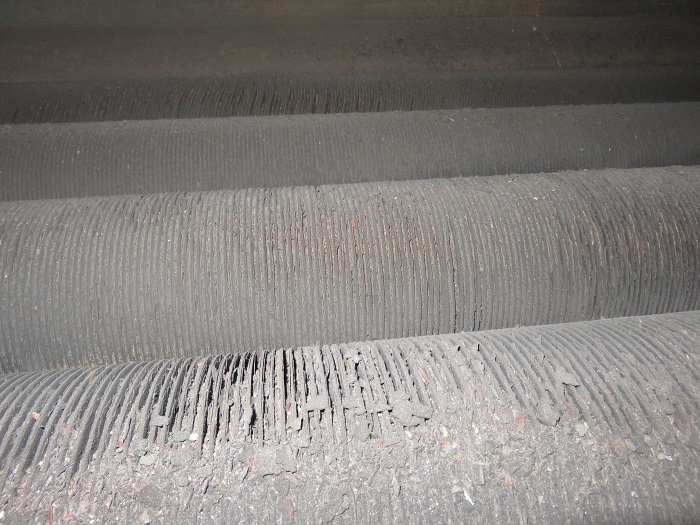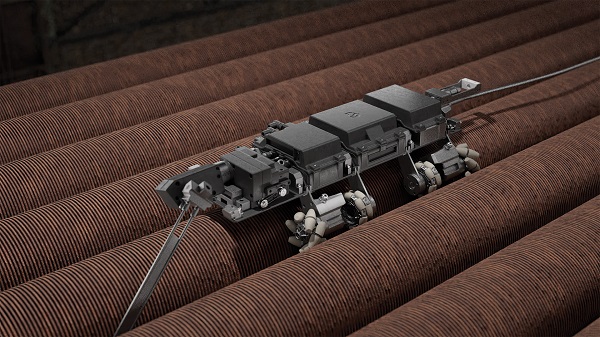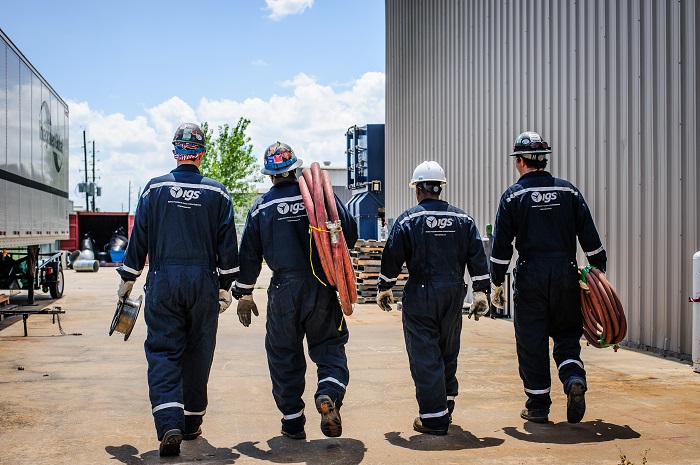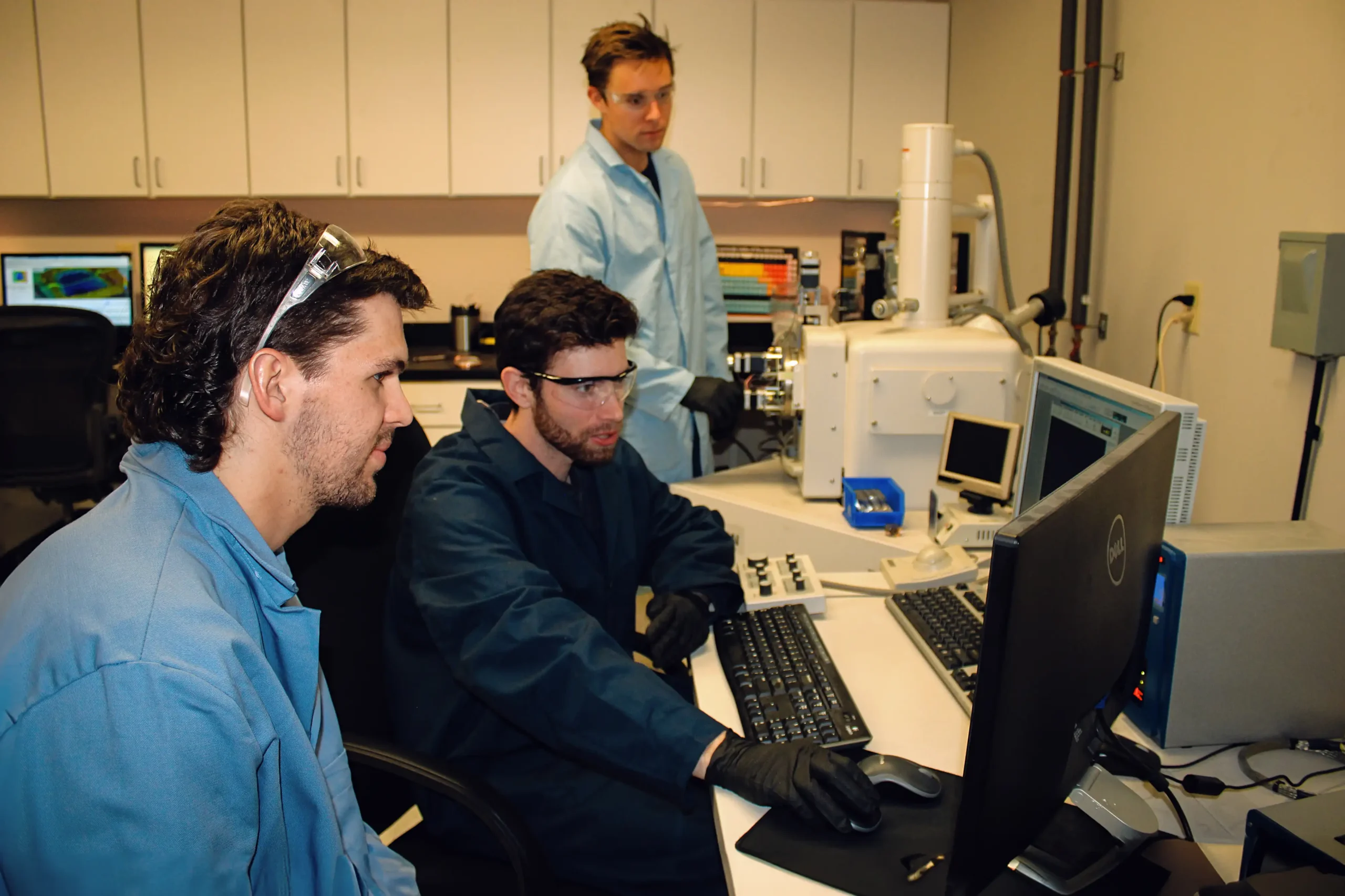Introduction
An Egyptian oil refinery, in operation since 1999, has faced challenges with Hydrogen Generation Unit fouling (HGU) since 2005. Issues such as hot spots on catalyst tubes, ageing reformer tubes and outlet system, and reduced hydrogen demand have led to the unit operating at a reduced capacity. To address these bottlenecks and evaluate the unit’s status, a comprehensive assessment and debottleneck study were conducted by the OEM.





